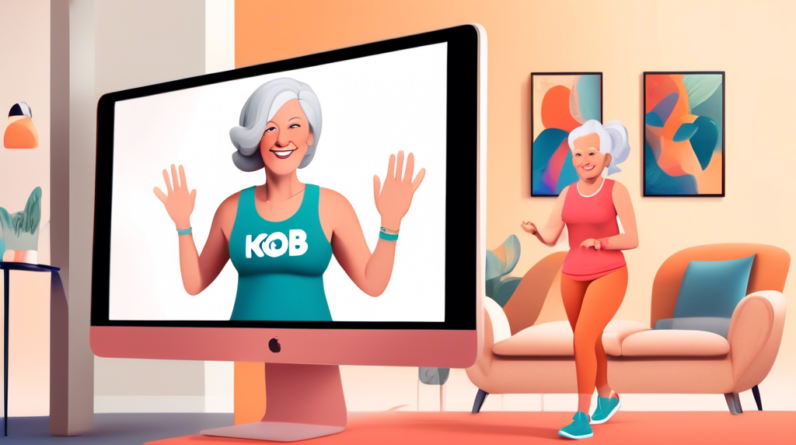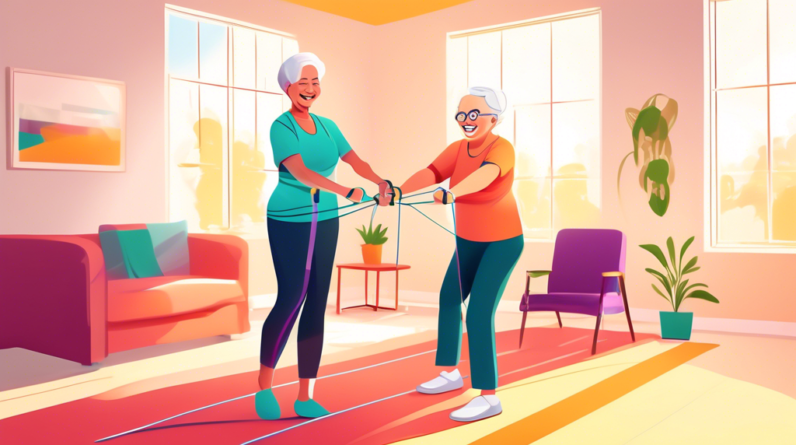Planning Your Home Gym
Determine Your Fitness Goals and Needs
Before you start buying equipment, it’s crucial to identify your fitness goals. What do you aim to achieve with your home gym? Are you focused on strength training, cardio, flexibility, or a combination of these? Understanding your goals will guide your equipment choices and help you create a space that effectively caters to your needs.
Assess Your Available Space
Measure the area you intend to dedicate to your home gym. Consider factors like ceiling height, door placement, and any potential obstructions. A well-planned layout will ensure you have adequate space for your equipment and comfortable movement during your workouts. Sketching a floor plan can be helpful to visualize your gym’s layout and identify potential space constraints.
Create a Budget and Prioritize Equipment
Setting a realistic budget is essential to avoid overspending. Research the cost of equipment you need and prioritize essential items. Consider versatile and space-saving options, especially if your budget and space are limited.
Research and Choose the Right Equipment
Once you have a budget and equipment priorities, it’s time to research specific products. Read reviews, compare prices, and look for equipment that aligns with your fitness goals and budget. Consider factors like durability, quality, and warranty when making your choices.
Budgeting for Your Home Gym
Set a Realistic Budget
Determine how much you’re willing to spend on your home gym. Research average costs for the equipment you need and set a realistic budget that aligns with your financial situation. Remember to factor in additional costs like flooring, mirrors, and installation fees.
Prioritize Essential Equipment
If you’re on a tight budget, prioritize essential equipment that aligns with your fitness goals. For instance, if strength training is your primary focus, prioritize dumbbells, barbells, and a weight bench. You can gradually expand your equipment collection over time as your budget allows.
Consider Second-Hand Equipment
Purchasing second-hand equipment can significantly reduce costs. Explore online marketplaces, local classifieds, and used sporting goods stores for deals on quality used equipment. Inspect items carefully before purchasing to ensure they’re in good condition.
Look for Sales and Discounts
Keep an eye out for sales and discounts offered by fitness equipment retailers. Many stores offer seasonal promotions or clearance sales, providing opportunities to save on equipment purchases. Sign up for email newsletters and follow retailers on social media to stay informed about upcoming deals.
Explore DIY Options
Consider building your own equipment or creating cost-effective alternatives. There are numerous online resources and tutorials available for DIY fitness equipment projects. This can be a fun and budget-friendly way to personalize your home gym and potentially save money.
Creating Your Home Gym Space
Choose the Right Flooring
The flooring in your home gym plays a vital role in protecting your equipment, reducing noise, and providing a comfortable workout surface. Consider options like rubber mats, foam tiles, or carpet tiles, depending on your budget and the type of exercises you’ll be performing.
Optimize Lighting and Ventilation
Proper lighting and ventilation are essential for a comfortable and motivating workout environment. Ensure your gym has adequate natural light or install bright, energy-efficient artificial lighting. Proper ventilation is crucial to prevent overheating and maintain air quality, especially during intense workouts.
Add Mirrors for Form Correction
Mirrors are valuable tools for checking your form during exercises and can make your gym feel more spacious. Consider installing full-length mirrors on one or more walls to provide clear views of your movements and enhance the overall aesthetics of your gym.
Personalize Your Space
Make your home gym a space that motivates and inspires you. Add personal touches like motivational posters, artwork, or plants. Consider incorporating a music system or TV for entertainment during your workouts. Creating a personalized and inviting atmosphere can make your home gym a more enjoyable place to exercise.
Essential Equipment for Your Home Gym
Cardio Equipment
If cardio is a key part of your fitness routine, consider options like a treadmill, stationary bike, elliptical trainer, or rowing machine. Choose equipment that aligns with your preferred cardio activities and available space.
Strength Training Equipment
For strength training, dumbbells, barbells, weight plates, and a weight bench are essential. Adjustable dumbbells offer versatility and space-saving benefits. A power rack can provide a safe and robust framework for barbell exercises and additional training options.
Flexibility and Recovery Tools
Flexibility and recovery are crucial aspects of fitness. Incorporate tools like yoga mats, foam rollers, resistance bands, and massage balls to enhance flexibility, aid muscle recovery, and prevent injuries.
Other Essential Items
Don’t forget about other essential items like a workout timer, jump rope, and resistance bands. These versatile tools can enhance your workouts and add variety to your training regimen.
Maintaining Your Home Gym
Regular Cleaning and Maintenance
Establish a cleaning routine to keep your home gym hygienic and free from dust and sweat. Wipe down equipment after each use and clean flooring regularly. Inspect equipment for any signs of wear and tear and address issues promptly to prevent further damage.
Proper Storage and Organization
Organize your equipment to optimize space and prevent clutter. Use storage racks, shelves, and containers to keep your gym tidy and efficient. Proper storage not only enhances the appearance of your gym but also extends the lifespan of your equipment.
Safety Considerations
Safety should always be a top priority in your home gym. Ensure your equipment is in good condition and used correctly. Use proper lifting techniques, wear appropriate footwear, and have a first-aid kit readily available. Consider consulting a fitness professional for guidance on exercise form and safety precautions.
Conclusion
Building a home gym is a rewarding investment in your health and fitness. By following these planning and budgeting tips, you can create a functional, motivating, and cost-effective workout space tailored to your needs and goals. Remember to prioritize safety, maintain your equipment, and enjoy the convenience and flexibility of having a personal gym right at home.





